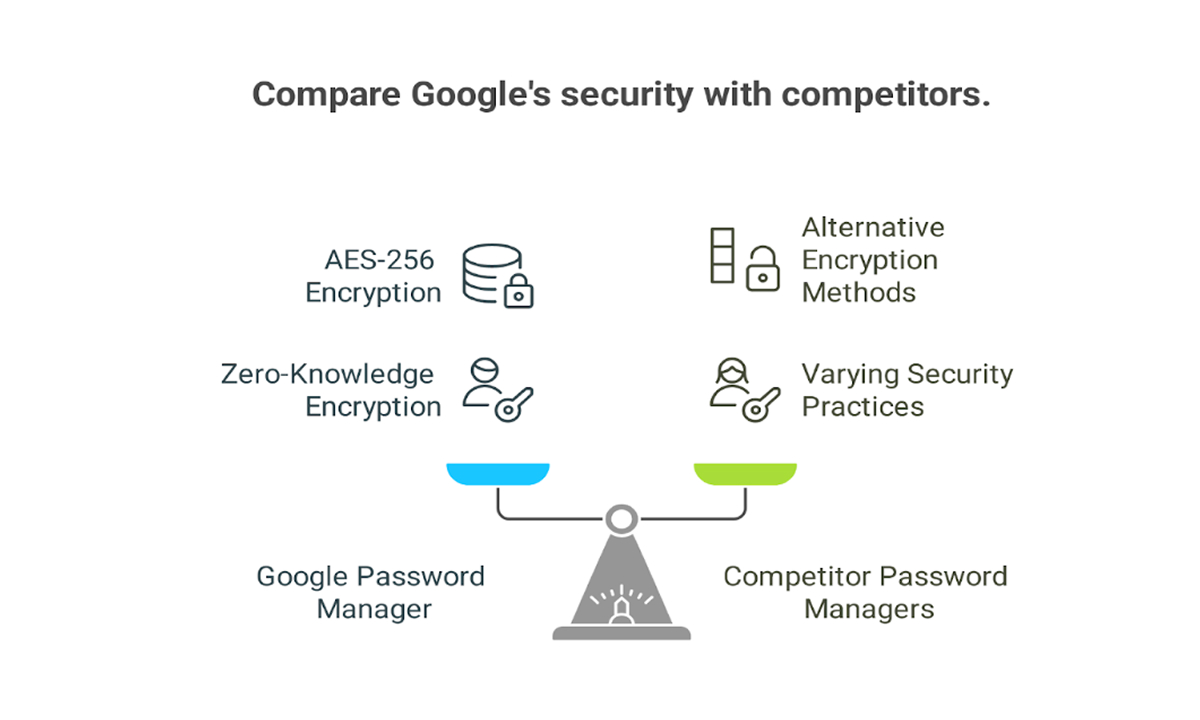In today’s digital world digital transformation is not an option for the insurance industry. It’s now a requirement. With the advent of big data AI, artificial intelligence (AI) as well as machine-learning (ML) insurance companies have the potential to offer more customized products, increase customer satisfaction, and improve efficiency in operations.
What exactly will the “how” of digital and analytics in the insurance industry appear like? Let’s take it step-by-step and discover how these innovations have changed how insurance is conducted.
Why Digital and Analytics Matter in Insurance
Before diving into the “how,” let’s address the “why.” Traditional insurance processes often involve lengthy paperwork, manual calculations, and significant human intervention. This slows down workflows and increases the risk of errors.
Imagine Sarah, a single mother who recently had her car damaged in a minor accident. She calls her insurer, only to face long wait times and repeated requests for documents. Frustrated, she starts wondering if there’s a better way. Enter digital transformation in insurance, where data analytics and automation simplify processes like claim filing, underwriting, and policy issuance.
With digital tools and analytics, insurers can:
- Enhance customer experience by offering instant quotes and personalized policy recommendations.
- Detect fraud more effectively by analyzing behavioral patterns.
- Reduce operational costs through automation and process optimization.
- Adapt to market trends by leveraging real-time data insights.
How Digital Transformation Works in Insurance

1. Embracing Data-Driven Decision Making
Insurance companies handle vast amounts of data, ranging from customer demographics to claims history. With advanced analytics, insurers can extract actionable insights. For example:
- Predictive modeling helps identify high-risk customers.
- Customer segmentation allows companies to tailor policies for different groups.
- Sentiment analysis can improve satisfaction by gauging real-time customer feedback.
Example: A leading health insurer used predictive analytics to identify customers at risk of chronic illnesses. By offering proactive health programs, they not only reduced claims but also built stronger customer loyalty.
2. Leveraging Artificial Intelligence (AI)
AI is the backbone of many digital insurance solutions. It powers chatbots, fraud detection systems, and underwriting algorithms. Here’s how:
- AI-driven chatbots provide instant support, answer FAQs, and guide users through complex processes.
- Fraud detection systems use AI to identify anomalies in claims, preventing fraudulent payouts.
- Underwriting algorithms assess risk factors more accurately, ensuring fair pricing for customers.
Anecdote: James, a small business owner, was applying for commercial insurance. He used an AI-powered platform that analyzed his risk profile and offered him a customized policy in under 10 minutes. What once took days now takes minutes, saving him valuable time.
3. Automating Claims Processing
Automation is transforming claims processing, addressing one of the biggest pain points in insurance. Key technologies include:
- Optical Character Recognition (OCR) for digitizing documents.
- Robotic Process Automation (RPA) for handling repetitive tasks.
- Blockchain for secure and transparent record-keeping.
Example: A travel insurance company implemented an automated system that verified flight delays and issued payouts within hours—no paperwork required.
4. Enhancing Customer Experience with Digital Tools
The customer experience is critical. Digital platforms offer:
- Self-service portals for policy management.
- Mobile apps for accessing documents and services.
- Telematics that reward safe driving with lower premiums.
Anecdote: Mia, a college student, was skeptical about buying car insurance. Using a mobile app, she found an affordable plan that tracked her driving and adjusted premiums based on her habits. The transparency made her feel confident in her choice.
Step-by-Step Guide to Implementing Digital and Analytics in Insurance
Step 1: Define Your Goals
Identify whether you want to improve customer satisfaction, cut costs, or expand your market.
Step 2: Invest in the Right Technology
Consider tools like:
- CRM software for customer management.
- AI and ML platforms for analytics.
- RPA for automation.
Step 3: Focus on Data Quality
Ensure your data is clean and well-maintained for analytics tools to perform effectively.
Step 4: Train Your Team
Help employees embrace new technologies through training programs.
Step 5: Measure Success
Use KPIs like claim processing time or fraud detection rates to assess outcomes.
Benefits of Digital and Analytics in Insurance

When implemented correctly, digital transformation offers:
- Faster processes with automation.
- Better risk management through accurate underwriting.
- Improved customer loyalty via personalized experiences.
- Cost efficiency from streamlined operations.
Why Choose TheStudyPoints?
At TheStudyPoints, we specialize in empowering insurance companies with tailored digital solutions. Whether you’re optimizing processes or adopting analytics, our expertise ensures you’re ready to compete in a digital-first world.
Conclusion
The “how” of digital and analytics in insurance isn’t just about technology—it’s about creating better customer experiences, driving efficiency, and staying ahead of market trends. Whether you’re an industry leader or just beginning your digital transformation journey, the possibilities are endless.
Just like a Director of Growth Marketing uses data-driven strategies to expand a company’s reach, digital and analytics tools in insurance help identify opportunities, streamline processes, and drive growth effectively.




